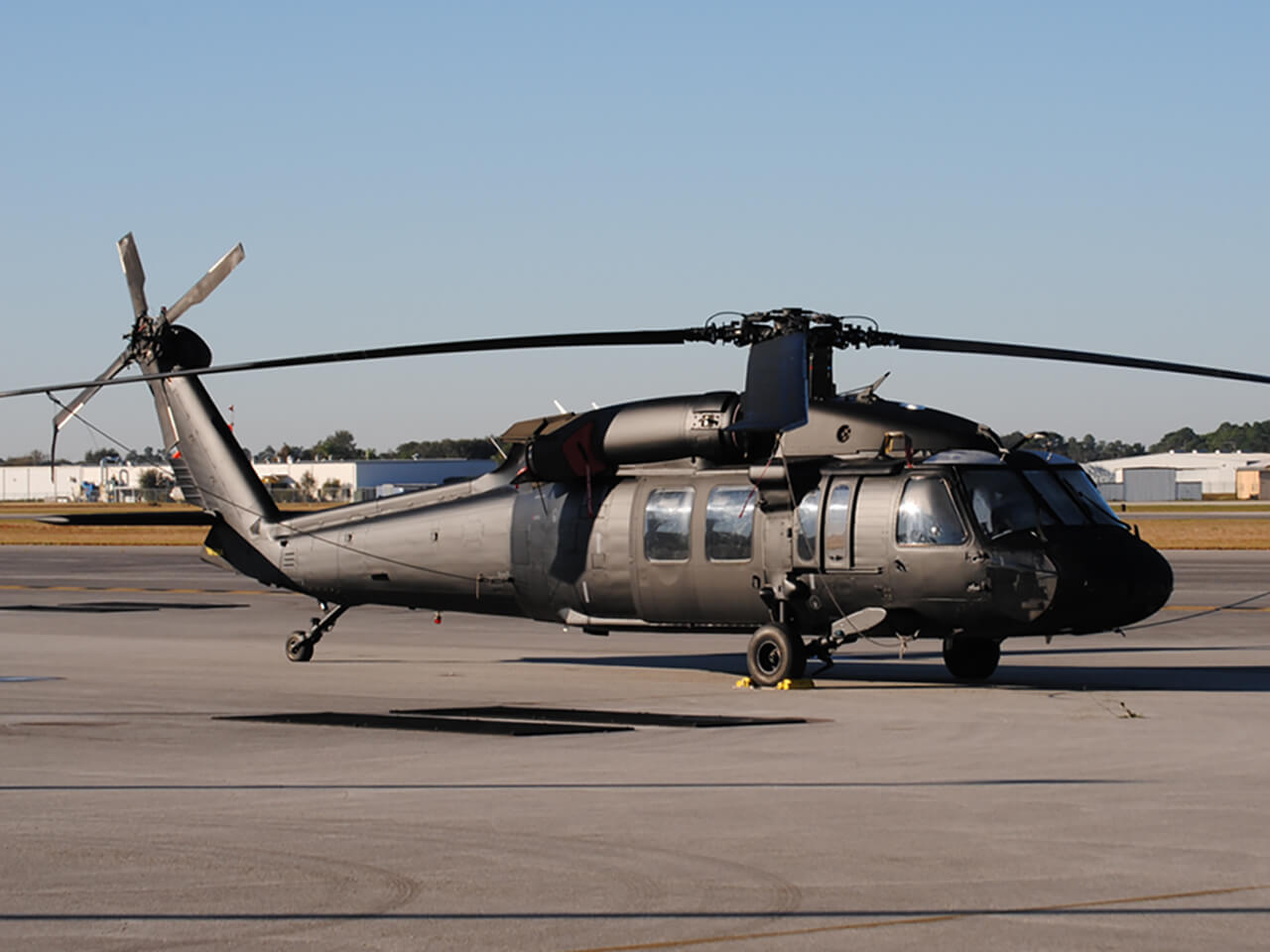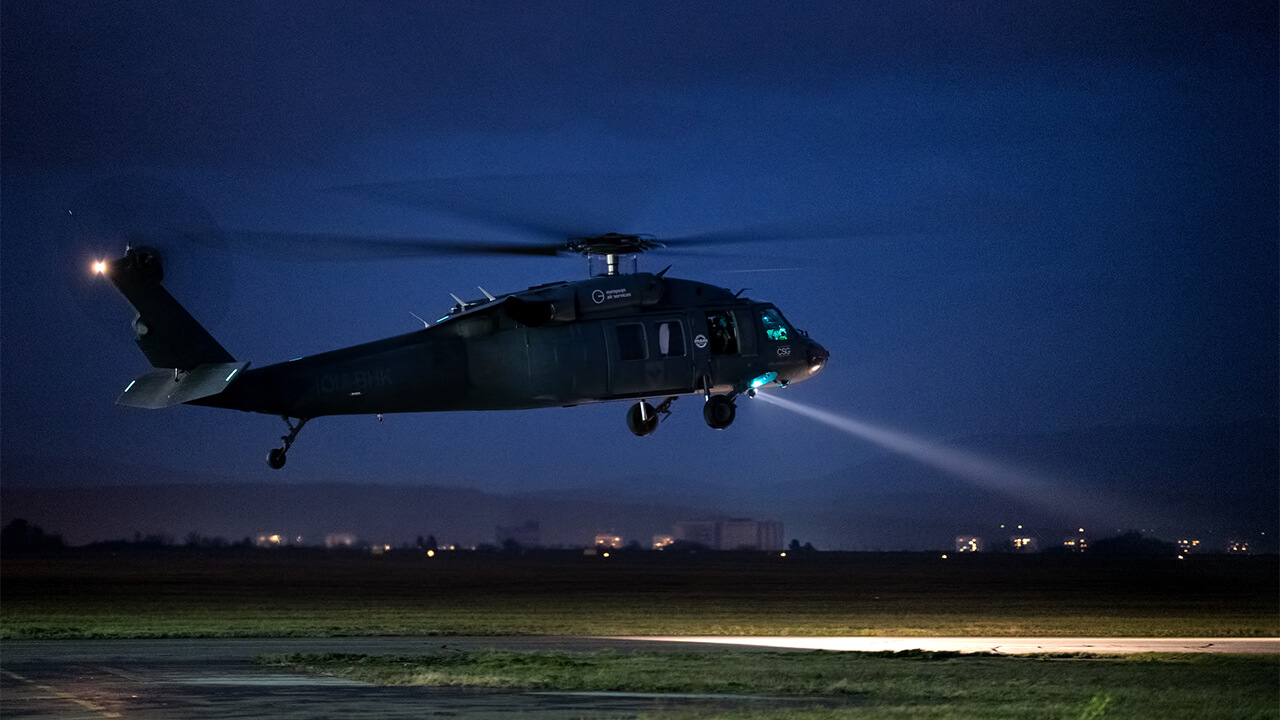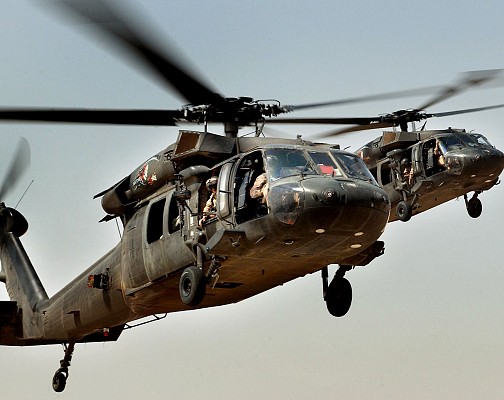Exploring the History and Evolution of the UH 60 Helicopter

Beginnings of the UH-60
The origins of the UH-60 helicopter can be traced back to the late 1960s, a duration noted by the demand for a flexible energy airplane that might adjust to the evolving needs of modern warfare. The U.S. Army identified the need for a substitute for the older UH-1 Iroquois, which was ending up being increasingly inadequate for the complexities of contemporary battle circumstances. In 1967, the Military launched the Energy Tactical Transportation Airplane System (UTTAS) program, which looked for to establish a multi-role helicopter capable of numerous goals, consisting of troop transportation, medical evacuation, and logistical support.
The UH-60 Black Hawk was presented, showcasing ingenious style aspects and advanced technology that established it apart from its predecessors. The UH-60 promptly obtained acknowledgment for its robust efficiency, dependability, and versatility, paving the method for its comprehensive usage in army operations and solidifying its condition as a cornerstone of United state Military aeronautics.
Key Layout Features
Innovative style features of the UH-60 Black Hawk significantly contribute to its operational efficiency. Among the most noteworthy aspects is its twin-engine arrangement, which enhances dependability and provides a greater power-to-weight proportion, enabling the helicopter to carry out under numerous conditions. The airplane's four-blade major rotor system uses enhanced lift and maneuverability, essential for tactical objectives.

In addition, the cockpit is designed for optimal presence and comfort designs, including advanced avionics that simplify pilot operations. The modular style of the UH-60 permits simple upkeep and versatility, making it suitable for numerous mission accounts, from army transportation to medevac procedures. These vital design attributes guarantee that the UH-60 Black Hawk remains a functional and trusted possession in military aviation, efficient in satisfying the needs of contemporary war.
Technical Innovations
Current technical advancements in the UH-60 Black Hawk have dramatically boosted its operational abilities and versatility. The integration of sophisticated avionics, such as digital trip control systems and enhanced situational awareness screens, enables pilots to run with increased precision and effectiveness. These systems assist in boosted navigation, communication, and data sharing, allowing the helicopter to function successfully in diverse settings.
In addition, the intro of composite products has actually decreased the general weight of the airplane while preserving architectural stability. This reduction boosts gas performance and extends functional range. The consolidation of sophisticated rotor modern technology, including using four-blade, completely verbalized rotor systems, has boosted lift efficiency and ability to move, permitting much better handling in numerous trip problems.

In addition, advancements in propulsion systems, such as the T700-GE-701D engines, have enhanced power output and integrity - uh 60. These engines add to premium efficiency in high-altitude and hot-weather problems
Last but not least, the combination of self-defense systems and enhanced sensor bundles enhances the Black Hawk's survivability and mission performance. Jointly, these technical renovations make sure that the UH-60 Black Hawk stays a vital possession in contemporary aeronautics, with the ability of adapting to the advancing demands of altruistic and armed helpful site forces goals.
Duty in Armed Force Workflow
As the foundation of U.S. Military aeronautics, the UH-60 helicopter plays an essential duty in various military procedures, serving as a functional platform for fight assistance, transportation, and medevac goals - uh 60. Its design includes the capacity to operate check this in varied atmospheres, making it essential for army activity and logistical support in both standard and non-traditional warfare

In clinical discharge situations, the UH-60 has proven vital, dramatically lowering the time to transfer wounded soldiers from the battlefield to medical centers. Its sophisticated avionics and night vision capacities further make certain objective success under difficult conditions. Generally, the UH-60 helicopter stays an important property, continually adapting to fulfill the developing demands of military operations and boosting the effectiveness of united state forces worldwide.
Future of the UH-60
Looking ahead, the future of the UH-60 helicopter includes significant developments in technology and capacities created to enhance its functional performance. As armed forces operations advance, the UH-60 is expected to include advanced modern technologies, including improved sites avionics, improved tools systems, and advanced communication devices. These improvements will certainly enable for better situational awareness and goal adaptability, ensuring that the UH-60 stays an essential asset on the combat zone.
One significant development is the integration of fly-by-wire systems, which will certainly boost flight control accuracy and lower pilot workload. Efforts to upgrade the airframe and engines aim to enhance rate, array, and payload capacity, thus broadening the helicopter's functional extent.
The future also holds guarantee for boosted interoperability with unmanned airborne systems (UAS), allowing worked with missions that leverage both manned and unmanned capabilities. Additionally, the incorporation of expert system and equipment knowing might optimize trip dynamics and upkeep procedures, causing minimized operational expenses.
Conclusion
The UH-60 Black Hawk helicopter represents a substantial success in armed forces aviation, developing from the U.S. Military's first demands for a versatile energy airplane. Its ingenious design attributes and continuous technological advancements have actually ensured its relevance in different armed forces operations over the years. As the demands of modern-day warfare change, the future of the UH-60 will likely include further improvements and adaptations, reinforcing its condition as an important property for armed pressures worldwide.
The UH-60 Black Hawk helicopter represents a substantial landmark in armed forces aeronautics, emerging from the United state Army's quest for a more trusted and versatile utility aircraft in the late 20th century.The beginnings of the UH-60 helicopter can be mapped back to the late 1960s, a duration noted by the need for a flexible energy airplane that could adjust to the developing needs of modern war. Overall, the UH-60 helicopter stays an essential possession, continually adapting to meet the developing needs of armed forces procedures and improving the effectiveness of U.S. forces worldwide.
Looking ahead, the future of the UH-60 helicopter involves significant improvements in modern technology and capabilities developed to boost its operational efficiency.The UH-60 Black Hawk helicopter represents a substantial achievement in armed forces air travel, evolving from the U.S. Military's preliminary needs for a functional utility aircraft.